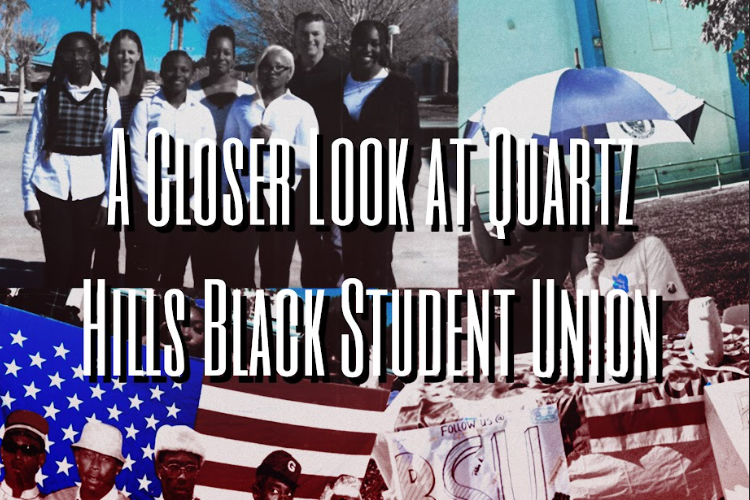The Free Application for Federal Student Aid (FAFSA) was created in 1992 by the Higher Education Act Reauthorization passed by President Lyndon Johnson. With the establishment of FAFSA, the United States Government became the primary provider of financial aid for students.
In previous years, the FAFSA form for the next academic year was released on October 1 and is due in June. Different colleges have varying financial aid deadlines, so students must complete the form as soon as possible. But this year, the U.S. Department of Education’s Office of Federal Student Aid revised and created a revised FAFSA Form. They said that with the form’s improvements, students and families will have an easier time filling it out, there will be fewer questions, and the formula that determines aid eligibility will be modified to expand financial assistance to low-income families.
The modification of the FAFSA form led to the delay of its release. For months, students got emails informing them that the form would be ready ‘by December 31, 2023.’ Many hoped it would be released earlier than said date, but it did not. After the form was released on December 31, students and families struggled with glitches for weeks and could not submit their forms. According to an interview by CNBC, higher education expert Mark Kantrowitz said, “It does seem consistent with a process that was rushed at the end with inadequate testing.” Not only did the issues with the form frustrate students and families, but they also delayed college admissions.
It is unclear when the FAFSA form will be able to send financial information to colleges, so students may not know their financial assistance until late March or April. As colleges start to accept students, many will be unable to accept offers of admission due to not knowing how much financial aid they’ll get and if they can afford it. The University of California and California State University have already announced they have extended their acceptance deadline from May 1 to May 15, which will also delay waitlist decisions. Furthermore, according to the Washington Post, some colleges provide money on a first-come, first-serve basis. So, students who were unable to submit their forms early may have been screwed out of some assistance.
As a senior in high school who applied to colleges this year, I feel some worry and stress about how the issue with the FAFSA form will affect my admissions and financial aid. I only hope that colleges will sympathize with students as much as possible and that all the issues with the form will be addressed and fixed for next year.











